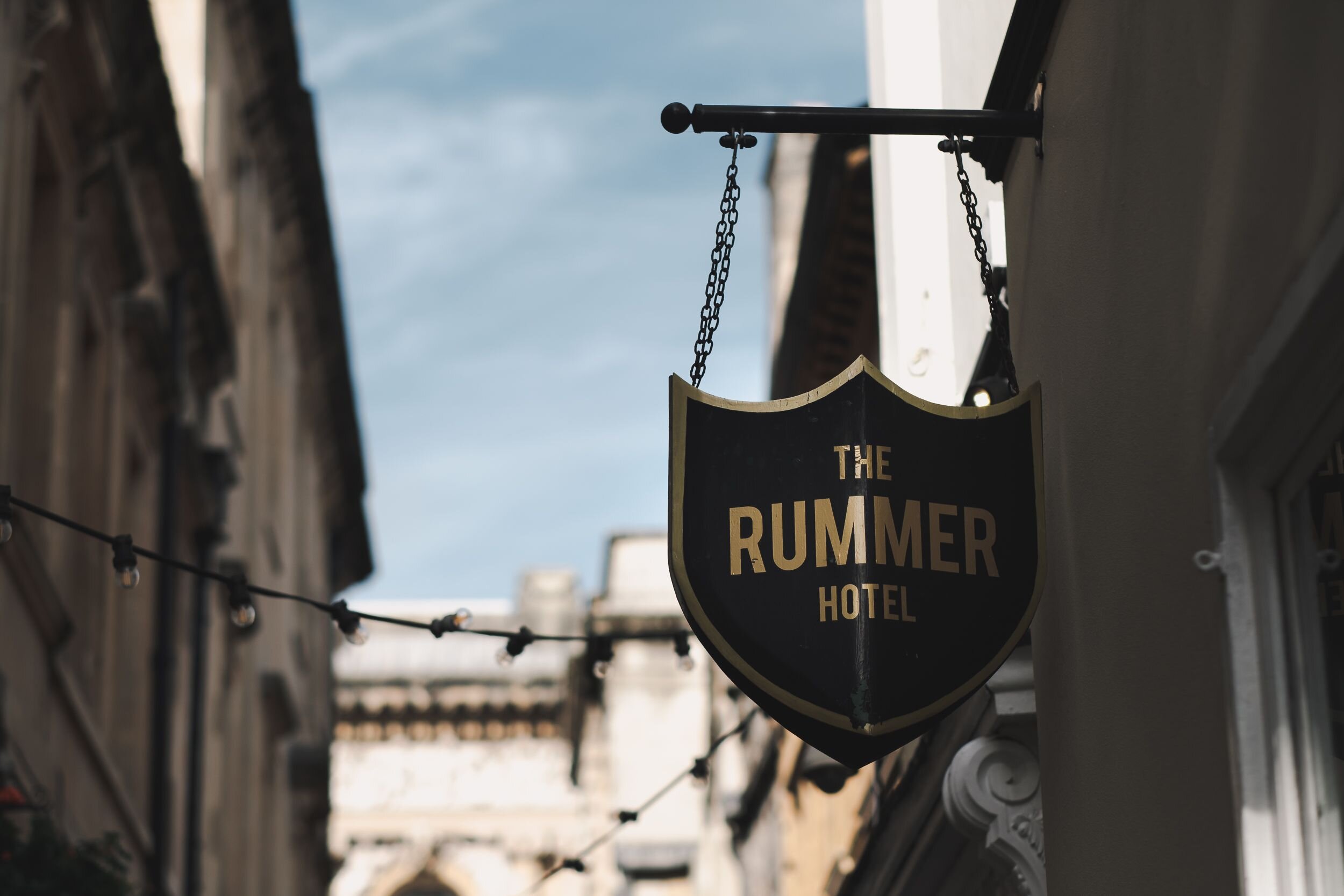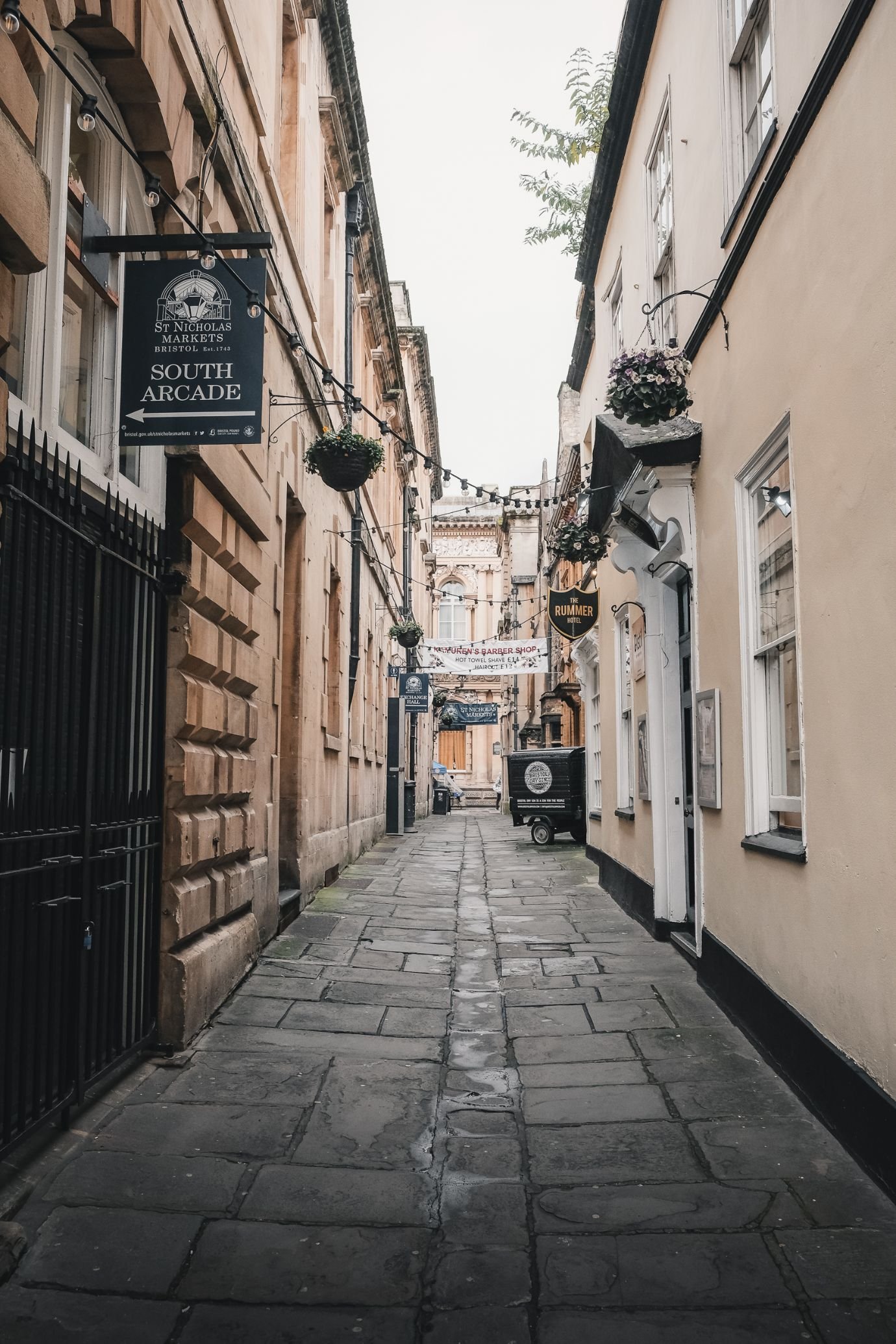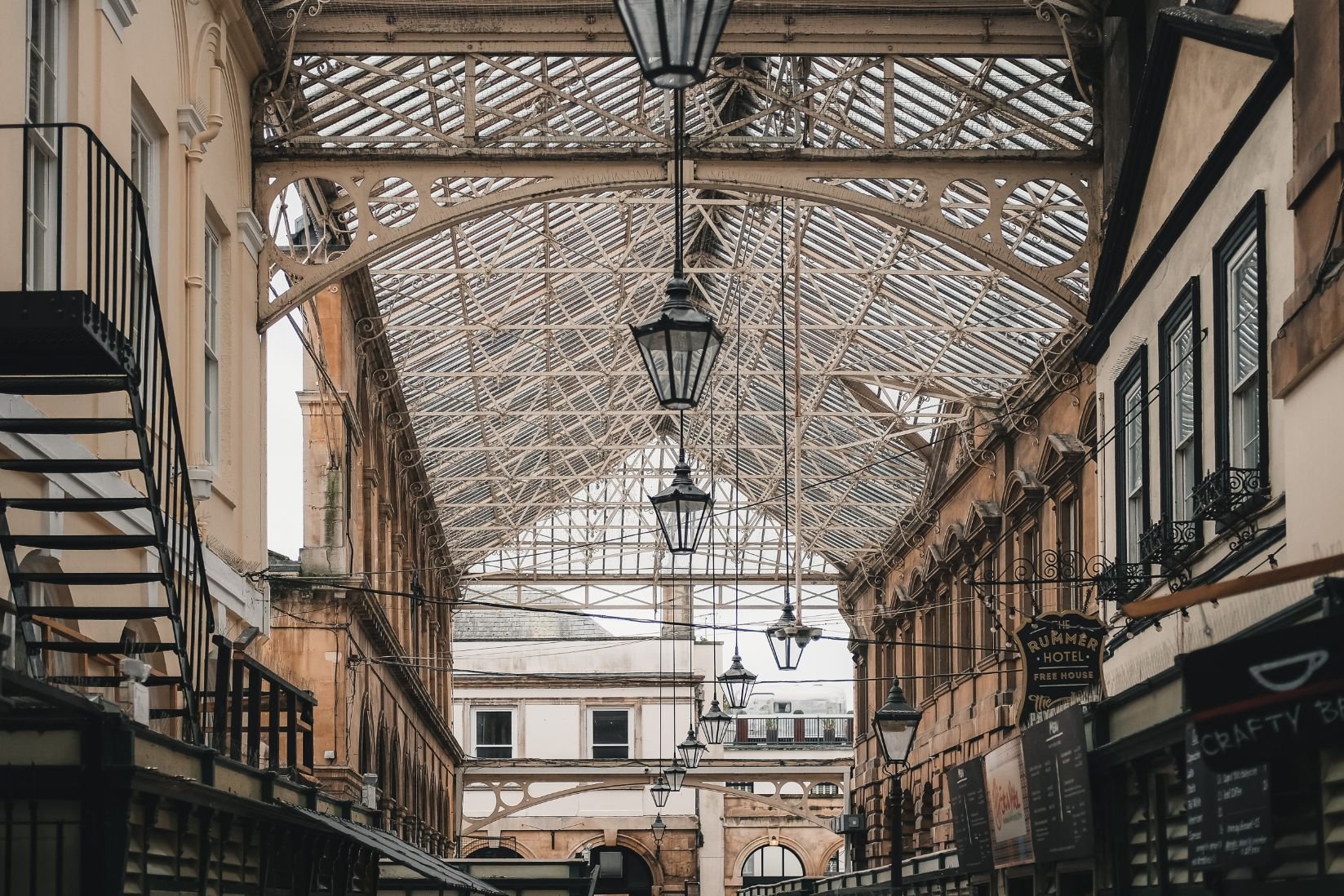
Heritage
The Rummer
The oldest licenced premises in Bristol, The Rummer Hotel was constructed by John Wood the Elder, an architect known for his redevelopment of Bath. The current building dates from 1742 and was built on the site of an older inn dating from 1241.
The Rummer was the destination of the first stagecoach from London, a journey that took 38 hours. Stagecoaches travelled in ‘stages’ of 10 to 15 miles at a time. At each stop there would be a change of horses and travellers would eat a meal, have a drink or stay overnight.
Romantic poets such as William Wordsworth, Samuel Taylor Coleridge and Robert Southey once frequented The Rummer Hotel, and in 1795 Samuel Taylor Coleridge launched his magazine The Watchman at a meeting in the building. Today, Bristol's most historic pub is once again becoming a place of inspiration for writers, freelancers and other creatives working from our contemporary co-working space.
Travellers

The Market Exchange
Also designed by John Wood the Elder, the adjacent Market Exchange was constructed at the same time as The Rummer, being completed in 1743. Described by Historic England as ‘an accomplished example of English Palladianism’, the Market Exchange was designed to incorporate a tavern and coffee house to support the smooth running of business.
The building is sometimes known as ‘The Corn Exchange’ due to a popular corn market that started in 1831. By 1869, the merchants had pushed for a roof to be added to the central hall of the building. In 1872 Edward Middleton Barry completed the addition of an upper storey and a glass roof. Damaged in the Second World War, the glass roof was replaced in 1949.
In the 1960s, The Exchange became a concert venue, the main hall playing host to artists including The Rolling Stones, Cream and The Yardbirds and American Blues legends John Lee Hooker, Sonny Boy Williams and Little Walter.
Initially designed as a place to buy and sell, the Market Exchange is once again host to a wide range of independent traders.
Traders

St Nicholas Markets
St Nicholas Markets refers to the markets within the exchange building and are often known collectively simply as St Nicholas Market. The markets are divided into three sections: The Exchange Hall, The Glass Arcade and The Covered Market.
The main Exchange Hall houses an indoor market. Street food stalls trade under the Glass Arcade. The adjacent Covered Market hosts several lanes of independent businesses from record stores and bookshops to a traditional-style sweet shop.
There is a regular rotation of the Bristol Farmers’ & Producers’ Market, St. Nick’s Flea
Market, Bristol Indies Market and the St. Nick’s Night Market.
Find more information at:
Historic England, the Royal Academy, Bristol.gov.uk, Visit Bristol and Friends of Coleridge.
